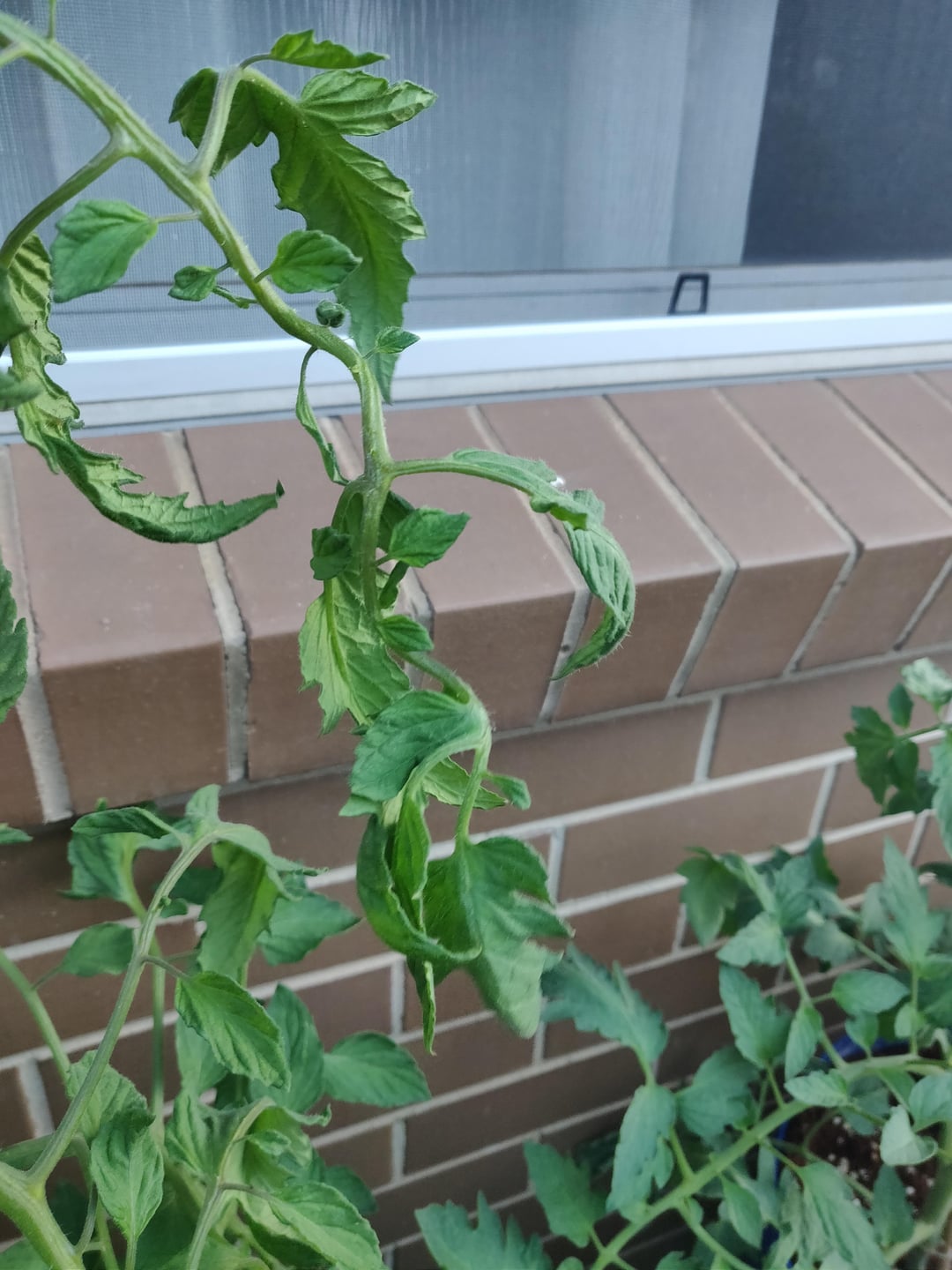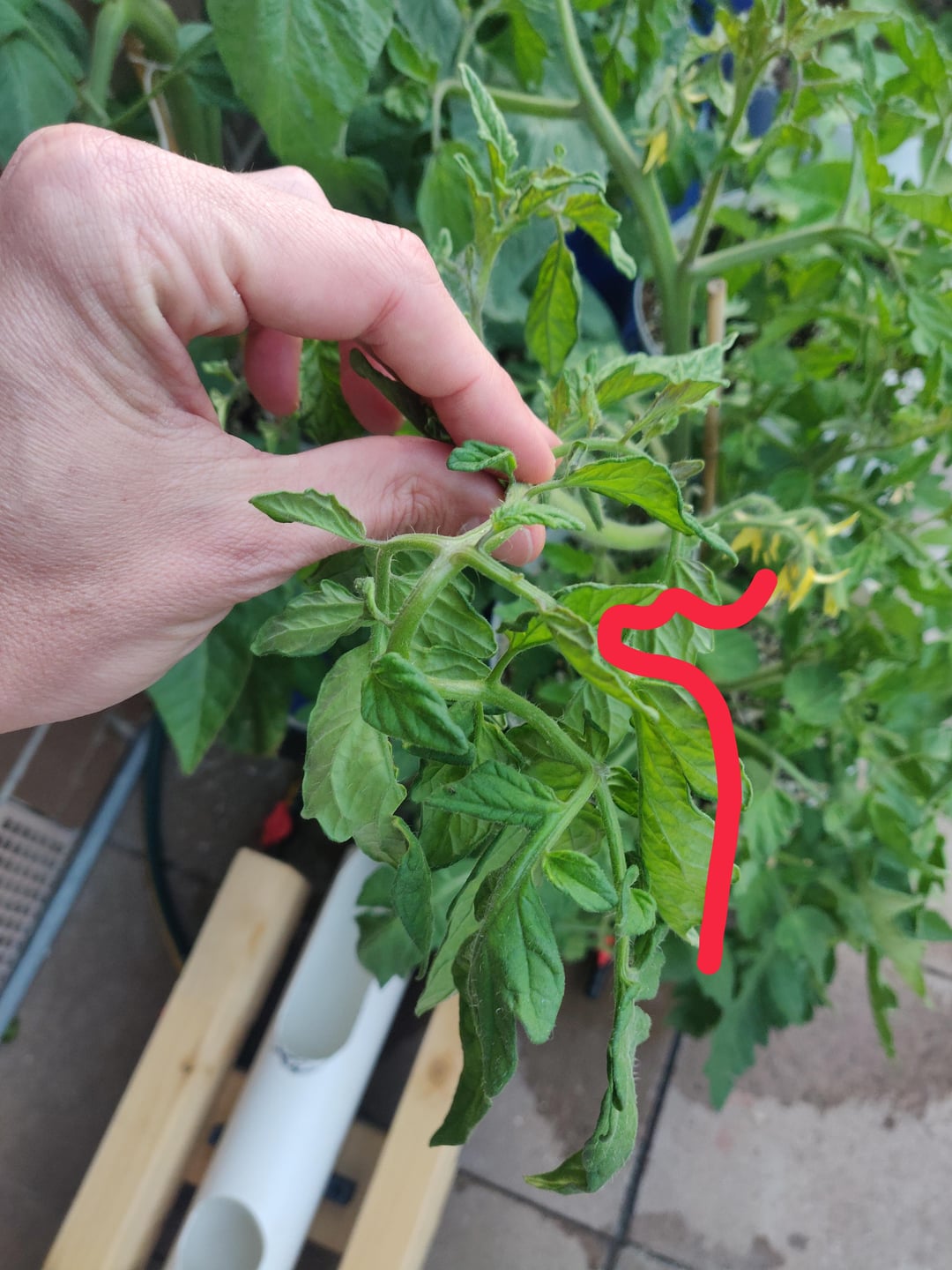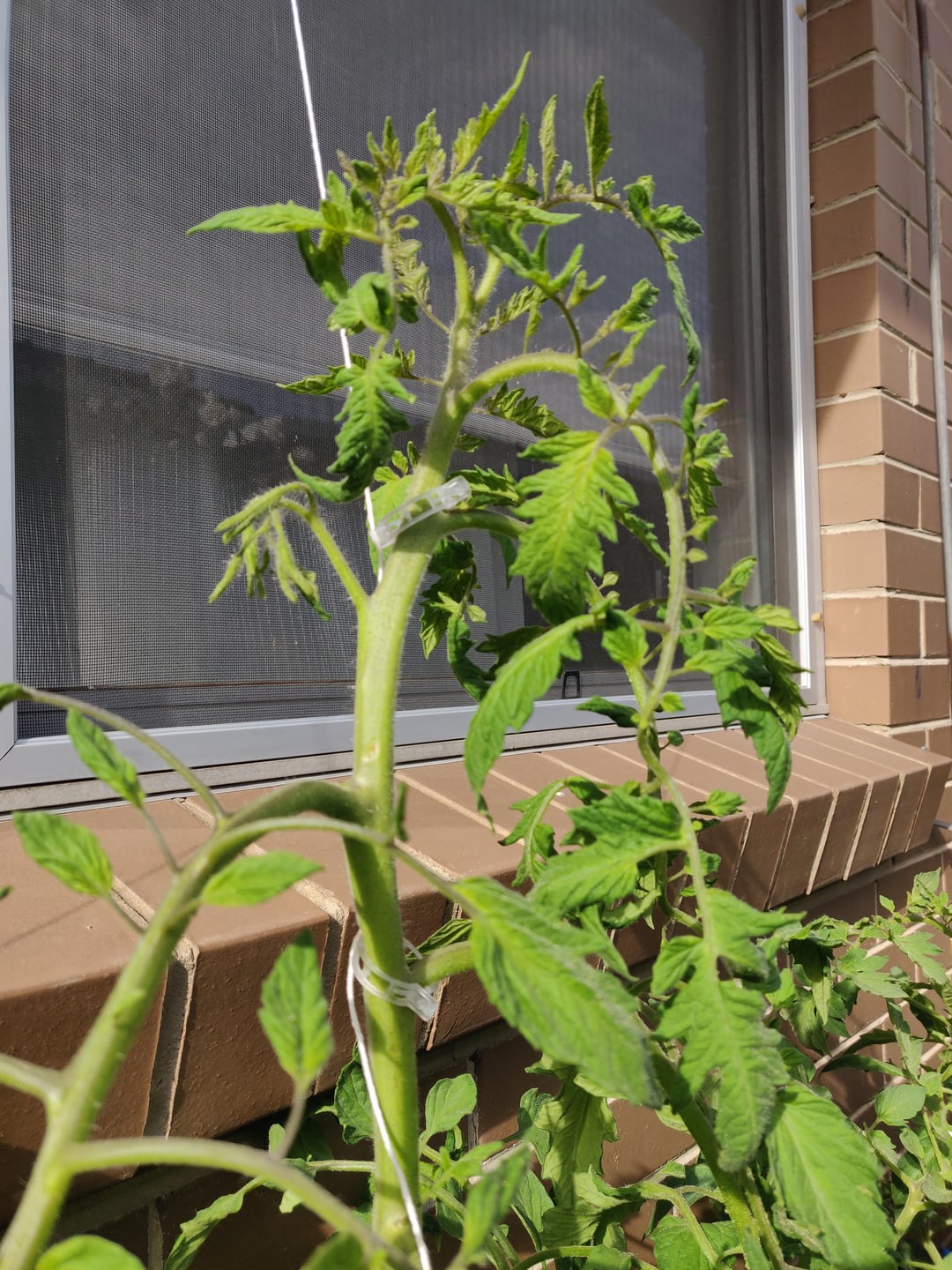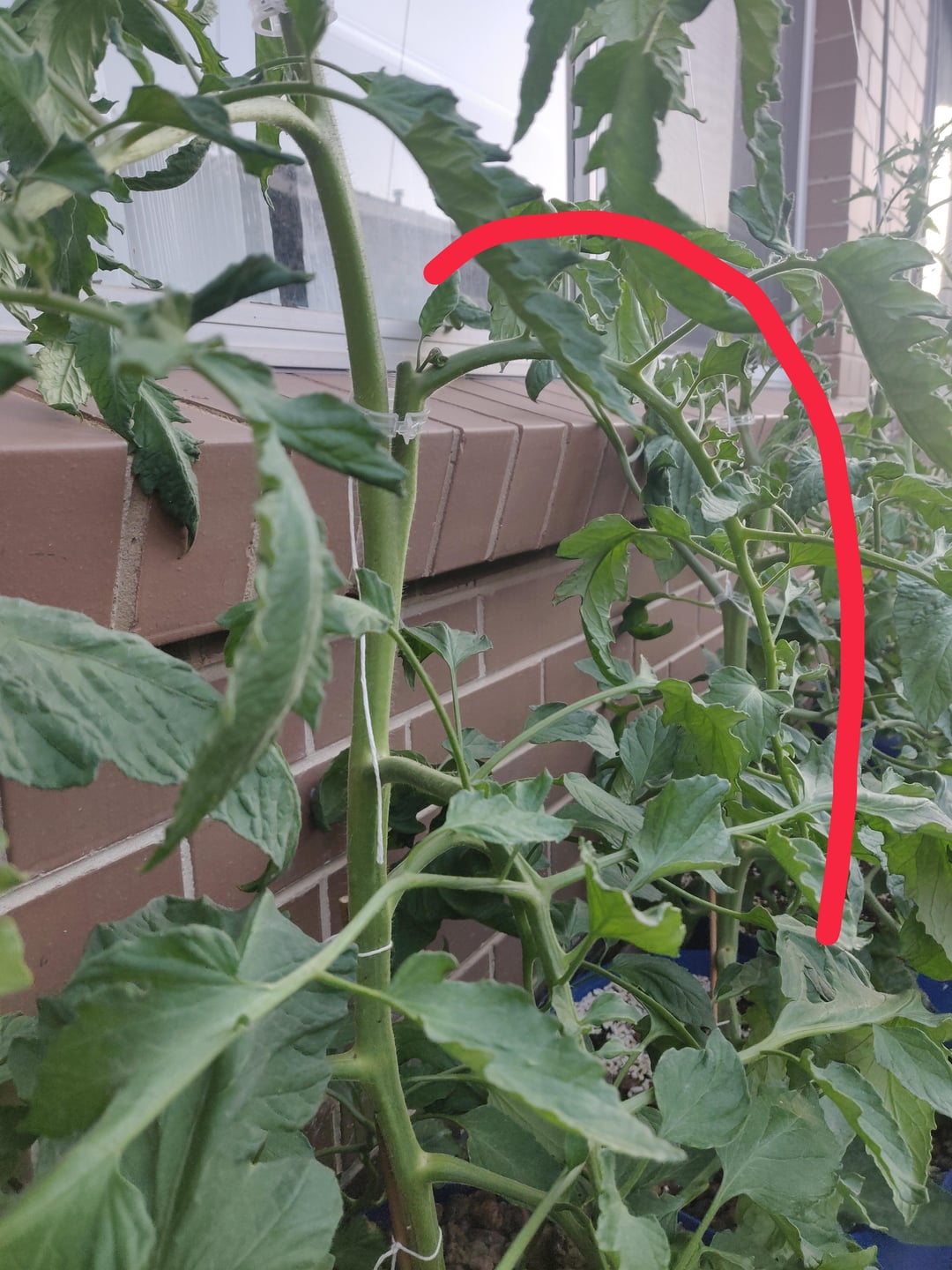



Haunted, at least.
I've had this issue two years in a row, growing different varieties from different suppliers using different techniques.
Growth is twirled and twisted (much worse than pictured, it's hard to show in a photo), often starting tightly curled up. Mature branches eventually extend and open up, but adopt a weeping growth habit. The plant looks wilted, but isn't. Growth is a bit sluggish, but they seem otherwise ok.
I'm out of ideas- some people have suggested herbicide damage, but AFIK no-one sprays close by. The only thing I can think of is wind damage, or some kind of adaptation to growing in a windy area.
Any thoughts?
by AidanRM5

3 Comments
This is likely a virus called beet curly top. Or herbicide drift.
Herbicide damage isn’t usually from what people call “drift”–it’s from contaminated fertilizer products. Often from manure or compost containing manure, and organic fertilizers. The long story short is that growers of grass type crops or pastures have sprayed persistent broadleaf herbicides to kill broadleaf (exactly what it sounds like) weeds. Horses and cows eat the grass, or the crop is processed, and the horse/cow manure is made into compost or the byproducts of processing are used in organic fertilizers. It’s the aminopyralid family that primarily affects nightshades and legumes, so you can test your compost/soil mix by planting some peas or beans in that soil and then in some that you’re 100% sure is not contaminated, and compare the growth. Contaminated soil will grow characteristically twisty and deformed in the new growth while staying green. Curl virus has a similar look, so that’s also a possibility.
Yours doesn’t actually look that bad–the last picture actually looks normal to me, some branches just curve like that sometimes. I would check all your suppliers online to see if anyone has complained about contamination and check if you’ve used any of the same products, especially organic products–compost, soil mix and fertilizer. Check for ingredients: manure and vinasse in particular, but also things like municipal compost where the inputs aren’t monitored. And you could test using brand new packages of your current products, growing a couple of pea or bean seeds in a place away from your main garden. If you still get the twisting and deformities, it’s something in your products rather than virus.
Update- I’m pretty sure this is a condition called ‘epinasty’. Caused by uneven growth on the top and bottom of new shoots.
This can be due to a wide variety of environmental issues. But a name is a step in the right direction, I think